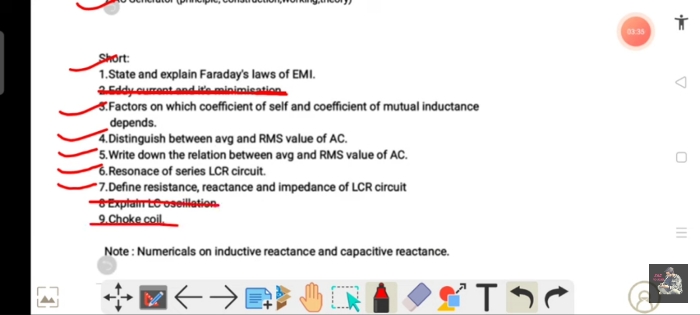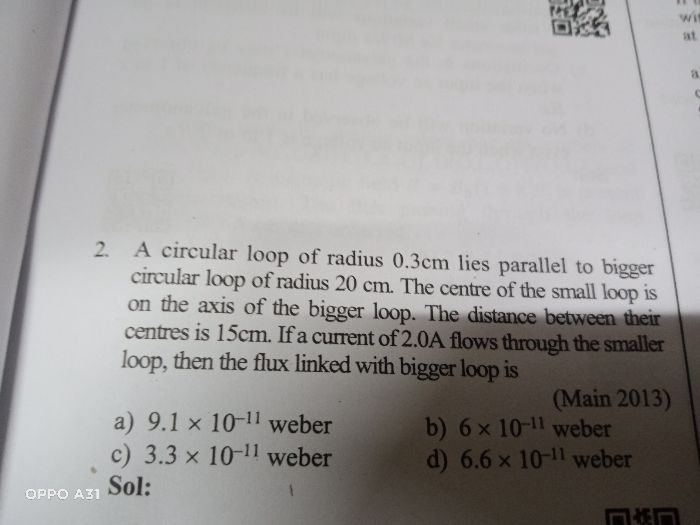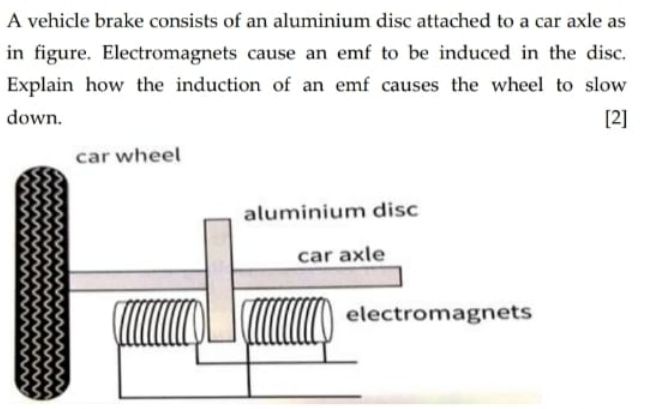CBSE Class 12-science Answered
Transistor can be used to build a diode or rectify low current a.c(~mA)
with a voltage drop of ~0.03V. This voltage is ~20 times smaller than the silicon diode.
The forward bias and reverse bias operation of the NPN transistor rectifier are understood as shown in Figure below. During forward bias(left figure) the voltage drop across the biasing diode VD~0.6V supplies the necessary base-emitter voltage drop for Q1. The negative voltage Vac w.r.t ground during this phase sees the LOOP1 and a current ~Vac/RB should flow through RB. This causes a voltage drop of ~Vac across RB. It is assumed that Vac/RB is drawn from the biasing diodes(assuming RD is sufficiently low, however if RD is high then current through RB can be lower) current which can only cause a small change in its voltage drop as per its I-V characteristics. Vac
also sets up current Vac/RL in the load resistor. If Vac is further increased it can even lead to reversing the voltage drop across the biasing diode(impedance : Vac(RD+RB)/(Vac+V) || RL). However the upper limit on Vac is set by the reverse break down of BE junction (loop 3)which would be unfavourable for the life of the transistor. Further the value of RD plays a role in the reverse leakage current which is seen as a small constant voltage during the cutoff phase of ac.Smaller the value of RD higher is the voltage drop across biasing diode and more will be the leakage. The same is true for RB as well, however RB also plays a role in impedance seen by Vac. During reverse bias the configuration is similar to that of a voltage follower however with the emitter replacing the collector and viceversa. Under this condition the voltage drop across the biasing diode is just sufficient to supply the BC junction forward biasing and not much is left for the voltage drop across RL if a current starts flowing through it. However a weak current can still flow through RL which depends on the voltage drop across the diode and in turn on the value of RD. This leakage is seen in Figure 3 as a small constant voltage(~few 10mV).
Answered by | 08 Jan, 2013, 11:46: AM














